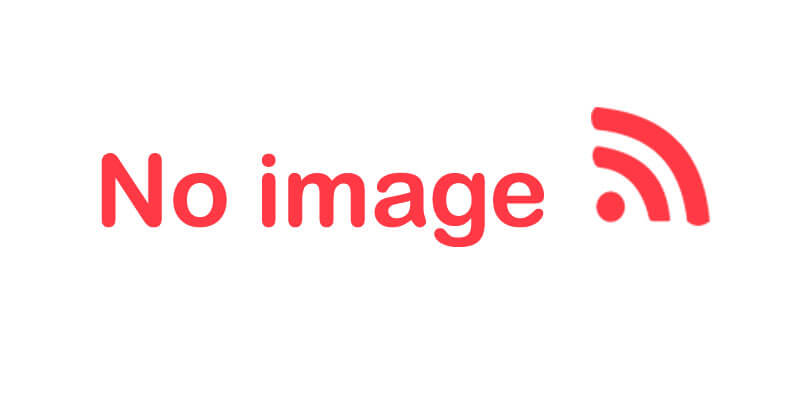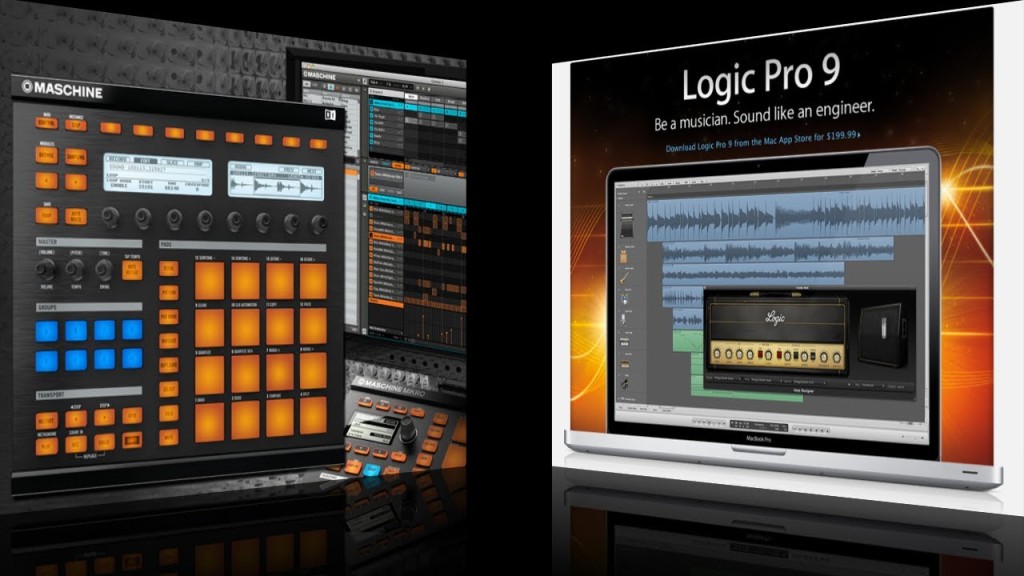

Once you understand the basics, everything will look simple and straight to you. It can all be a bit complicated at first but don’t worry. Speaking of the other essential elements of Logic Pro, they can be divided into separate categories – the main window and the mixer. The Logic Pro start screen will offer you different ways of working Or maybe you want to use a virtual instrument? Drummer, Guitar or Bass, or an External MIDI function – you will see all that in the startup window. Want to record a guitar as clean audio ? Logic will give you that option – just select the inputs you need. And this is not strange since most Apple products are famous for their ease of use.Īs soon as you open a new project, the software asks what exactly you want to work with. The Logic Pro design is pretty clean, simple, and intuitive.

Logic Pro costs $200 on the App Store Logic Pro Interface & Usability Overview And to get the entire library, be ready to dedicate 72 gigabytes to it. For a minimal installation, you’ll need 6GB of disk space.

Like other official Apple software, Logic Pro is available from the Mac App Store. 16.95% of people voted for the Apple product.

Ī notable fact of Logic’s history is that, according to a 2015 user survey, this software was the most popular after Ableton Live. For example, you can get the latest version of Logic Pro 10.7 in 2023. Despite this, the DAW is still updated periodically. It received the most dramatic changes in design and is still in operation today. Over the years, the software has gone through such versions as Logic Pro 6, 7, 8, and 9. The turning point in creating the nowaday’s Logic occurred in 2002 when American tech giant Apple bought out Emagic and renamed the product Logic Pro. They later moved on to the Emagic company. The ancestor of this software, called Notator Logic, was developed by the German specialists at C-Lab. The history of Logic Pro dates back to the first half of the 1990s. 9 Readings that you may like: Brief History of Logic Pro


 0 kommentar(er)
0 kommentar(er)
